July 3, 1863
The intese fighting on July 2 had produced no decisive results, but it had been very, very close. General Meade held a council of his generals that night to decide what to do. They decided to stay where they were and await a Confederate attack. Lee believed that Meade must have weakened the center of the Union line on Cemetary Ridge to strengthen the flanks on Culp's Hill and the Round Tops. He was right. He also believed that a strong attack on the center of the line preceded by prolonged artillery barrage would break the Federal line and maybe win the war. He was wrong. The attack, which would go down in history as Pickett's Charge, was gallant, dramatic and probably hopeless. Lee ordered James Longstreet to oversee the attack of three divisions of Rebel soldiers. Longstreet still pressed for a move around the Union army, but Lee would not hear of it. If this doomed attack did anything to end the war, it was only through the huge losses of men it produced in the Confederate army.Click on the thumbnails below to see the stage of what's been called; Pickett's Charge, Longstreet's Assault, the "High Water Mark of the Confederacy".
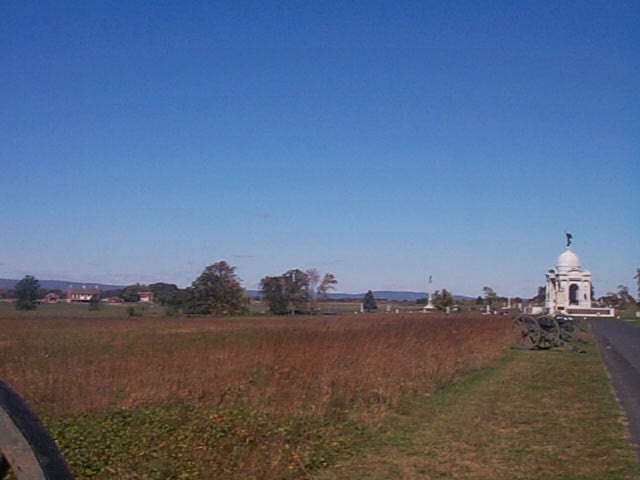


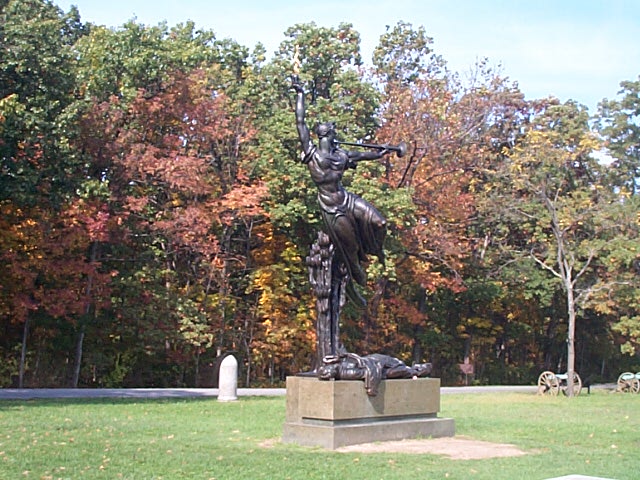
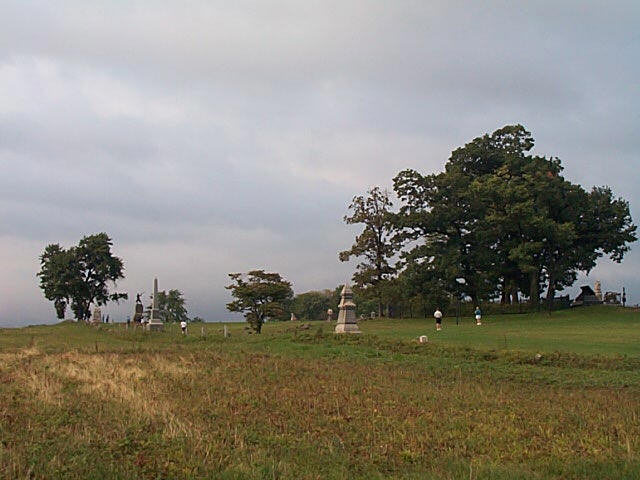
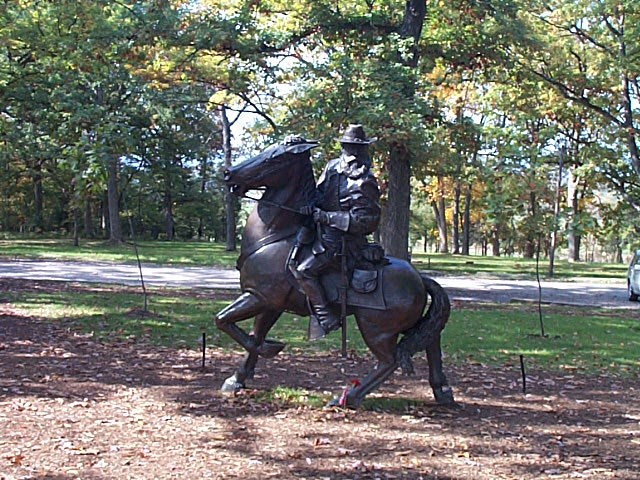
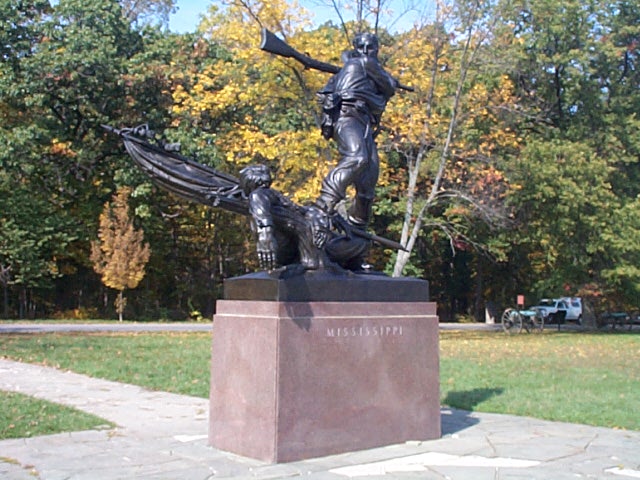
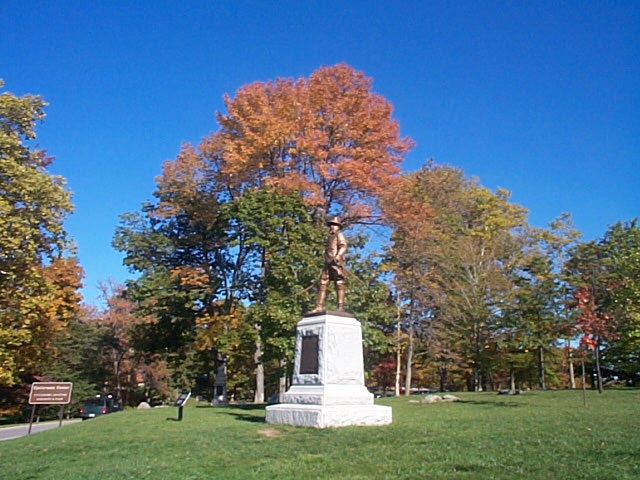

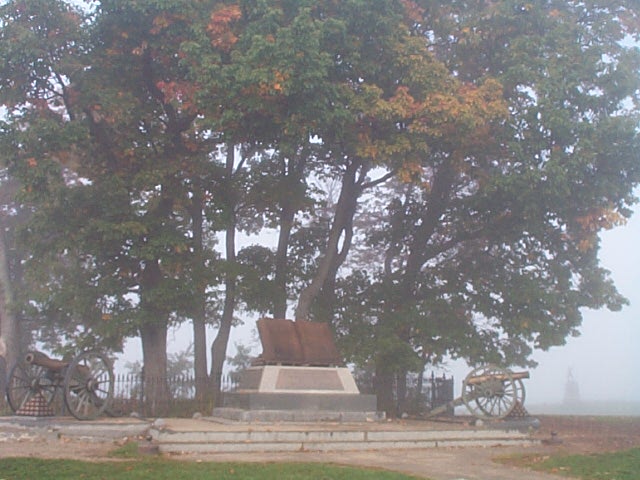

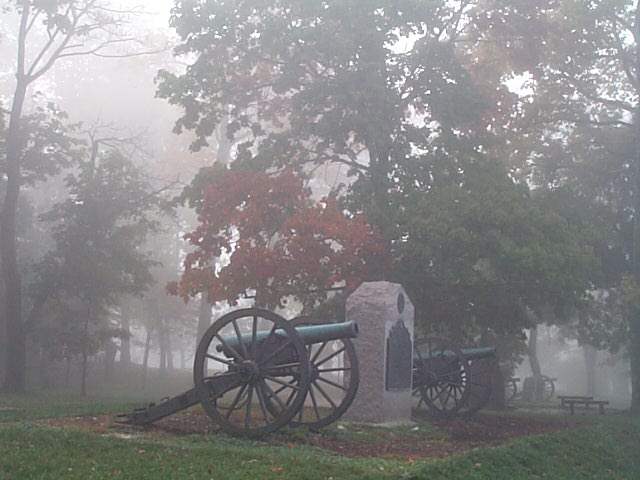




On July 4th Lee headed the battered Army of Norther Virginia back to Virginia. His hopes for a victory on Northern soil had been stopped by chance, by poor decisions and by the determination of the Union army.